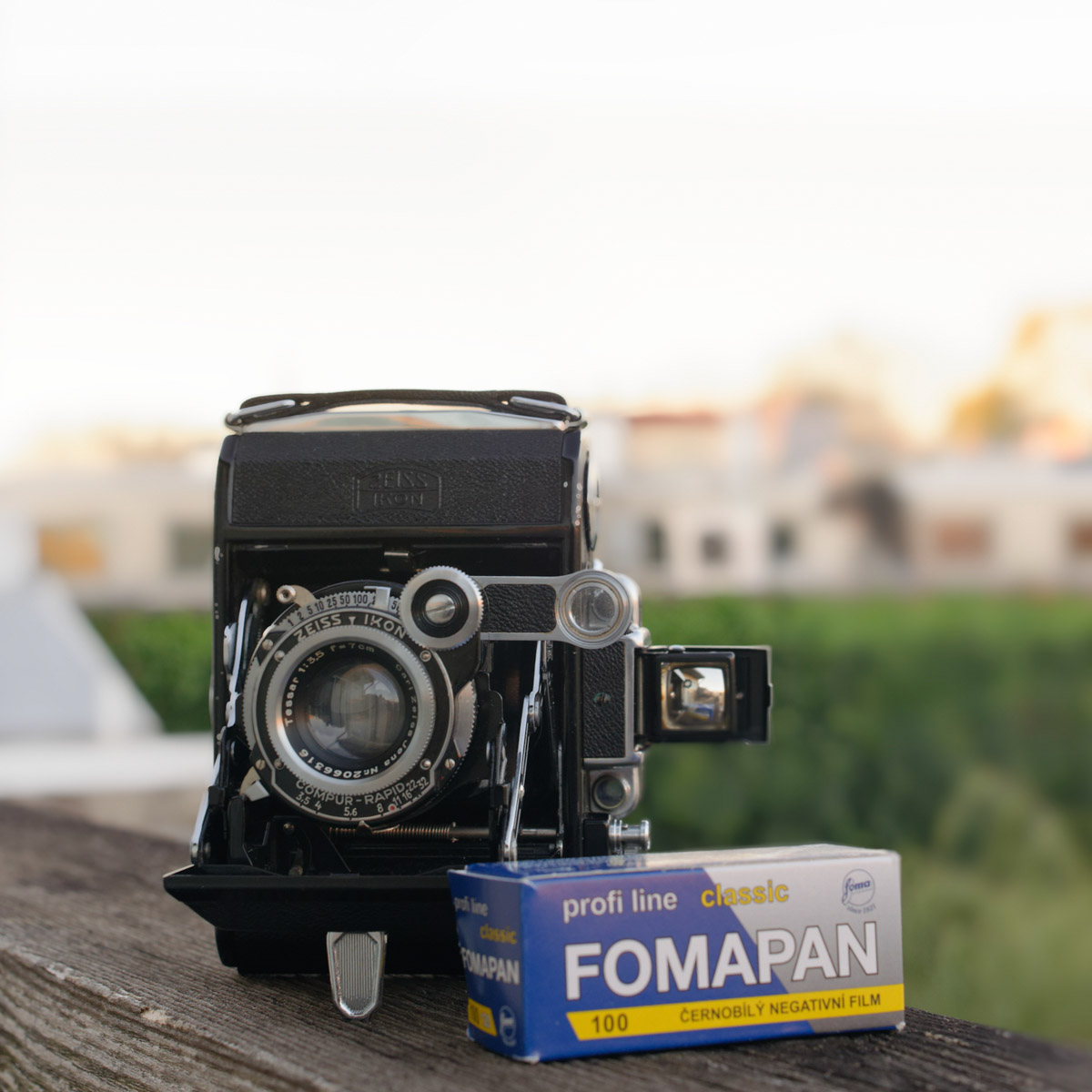The weather is getting colder so any temperate day is a good excuse to go for a walk. With the pandemic worsening, the only crowds I felt safe visiting were those interred in Philadelphia’s Laurel Hill Cemetery. Founded in the first half of the 19th century it was meant as a park for the living as well as a place for the dead. Massive obelisks, ornate crypts and fabulous funerary sculptures are set among rolling hills and large old trees.
It’s home to some of the wealthiest families of the past and the names seen here echo those found on city streets and institutions. This gorgeous necropolis overlooking the Schuylkill river is sprawling and each time I visit I can take a path that I’ve never traveled before. The sky was overcast and the sun peeked out from time to time, perfect picture-taking weather.
My walk included some photographic history, too. I came across the grave of Robert Cornelius, credited with making the first self-portrait on a Daguerrotype. A copy of that image is on his tombstone.

I took a new-to-me Zeiss Ikon Super Ikonta A (531), a prewar version with an uncoated 7cm f/3.5 Tessar. The camera is the smallest of the Super Ikontas, pocketable, beautifully finished and well-engineered if not particularly ergonomic. It makes 16 6×4.5cm images on 120 format.
Pressing the release button pops up the Albada finder and unlocks the lens bed which pulls out and latches solidly into place. The rangefinder prism arm must be flipped up once the camera is open. Taking a photo is a multi-step process: Set aperture and shutter speed on dials with maddeningly small numbers and controls, cock the shutter, focus through the rangefinder, frame through the viewfinder, and press the shutter release. The camera uses two red windows for the frame counter: start with 1 in the first window, take a photo, advance until 1 is in the second window, and so on. Later versions — when 120 backing paper had numbers for 6×4.5 — had a single window. There is double-exposure prevention with an indicator window near the winding key.





I loved the retro look of Adox CHS film, discontinued when Fotokemika shut down in 2012. Adox has revived CHS II 100 in 35mm and large format but has yet to release it in 120. The last time I was at the camera store I bought a few rolls of Fomapan 100 Classic to give it a try and see how it compares to Adox.
Since this was my first roll I used times from the Massive Dev Chart: HC-110 dilution b for 6 minutes at 68ºF/20ºC. Negatives had nice dense highlights, full-range, and scanned easily. While it’s not a direct replacement for Adox CHS, I look forward to shooting the rest of my Foma stash.
~ Neil
Submit your 5 Frames… today
Get your own 5 Frames featured by submitting your article using this form or by sending an email via the contact link at the top of the page.
Share your knowledge, story or project
The transfer of knowledge across the film photography community is the heart of EMULSIVE. You can add your support by contributing your thoughts, work, experiences and ideas to inspire the hundreds of thousands of people who read these pages each month. Check out the submission guide here.
If you like what you’re reading you can also help this passion project by heading over to the EMULSIVE Patreon page and contributing as little as a dollar a month. There’s also print and apparel over at Society 6, currently showcasing over two dozen t-shirt designs and over a dozen unique photographs available for purchase.







